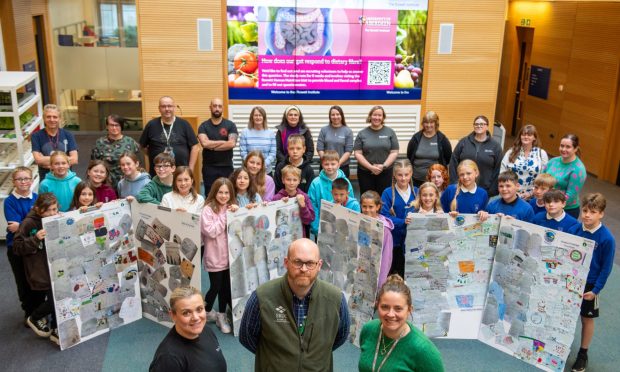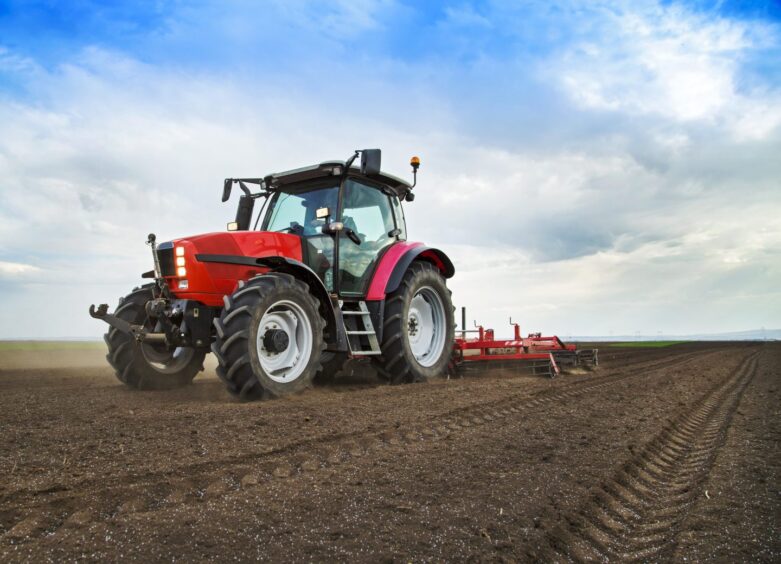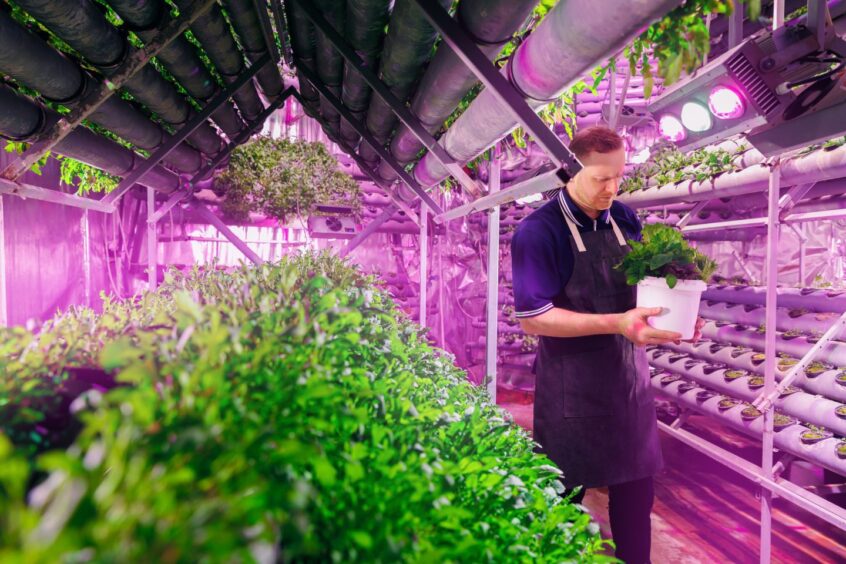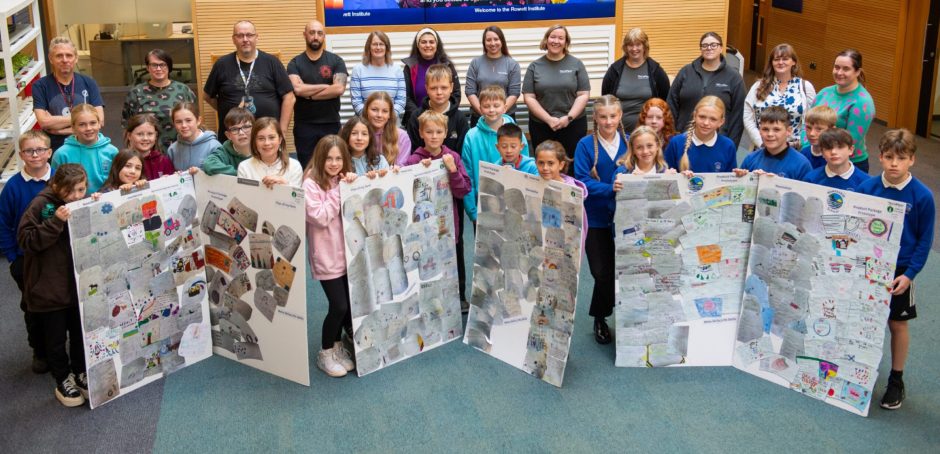Budding young farmers have been learning all about agriculture through an innovative scheme, Stem on the Farm, piloted in the north-east.
And there was no shortage of enthusiasm when groups of primary school pupils shared some what they’ve learned at a special event at the Rowett Institute in Aberdeen.
The programme is run by Granite City-based charity TechFest, which promotes science, technology, engineering and mathematics (Stem) activities to young people and the wider community.
Partners include the Rowett, Scotland’s Rural College (SRUC) and the Fife-based Scottish Schools Education Research Centre (SSERC).
What topics have pupils been learning about in Stem on the Farm?
The scheme encourages young people across the north-east to learn and explore all aspects of the food production supply chain. They look at topics such as food security, climate impact, health and nutrition, modern agricultural innovations and animal care.
It is a five-day programme, delivered one day a week over five weeks.
Aimed at P6 pupils, each day addresses a different part of the food production process.
Children hear about the work of agricultural engineers, farmers, food scientists, logistics experts and other key workers. Guided by expert “ambassadors” from each part of the supply chain, pupils develop their Stem knowledge through immersive workshops and discover the impact agricultural innovations have on food production.
The knowledge they gain from the programme is used to create eye-catching display boards and script for an end-of-project assembly – such as the one held at the Rowett.
A similar scheme across the Atlantic has reached children in cities throughout the US.
TechFest managing director Sarah Chew told us the north-east pilot was a huge success.
And the model can be rolled out to other industry sectors, she said, adding: “It’s important for us to represent the large number of career options in as many sectors as possible. We’re not done yet.
There are so many different jobs in the industry and Stem on the Farm has given the young people who have taken part an opportunity to get hands on.” Sarah Chew, TechFest
Ms Chew continued: “Agriculture is one of our important growth sectors.
“There are so many different jobs in the industry and Stem on the Farm has given the young people who have taken part an opportunity to get hands on.”
Technological advances to boost production and animal welfare, while also making farming more environment-friendly, are creating many more career options, she added.
Did the youngsters enjoy it?
But what did the pupils themselves think of Stem on the Farm?
“I thought Stem on the Farm was fascinating”, one of them said.
“It was a chance to learn new stuff about engineering and being on the farm,” another said, adding: “I loved it.”
‘Insightful’
A third chipped in: “I felt like it was very insightful of what farmers do for a living. I’d be interested in doing something like that when I’m older.”
For another pupil, clearly impressed by the range of agriculture-related career options, the biggest takeaway was that “you don’t have to be a farmer to work on a farm”.
A total of five primary schools – two in Aberdeen and three in Aberdeenshire – took part.
The scheme reached about 260 youngsters across all five.
SRUC marketing and student recruitment officer Stephen Grant said: ‘It was great to see the projects and the enthusiasm from the students for the wide range of areas and topics available within the agricultural industry.
“We look forward to seeing some of them as (SRUC) students in the coming years.”
Stem “ambassador” Debbie Mathers, of SSERC, said: “One of the good things about this project is the way it connects all aspects of Stem under one umbrella.”
Read more: Scotland’s Rural College awarded £700,000 to measure cow farts




Conversation